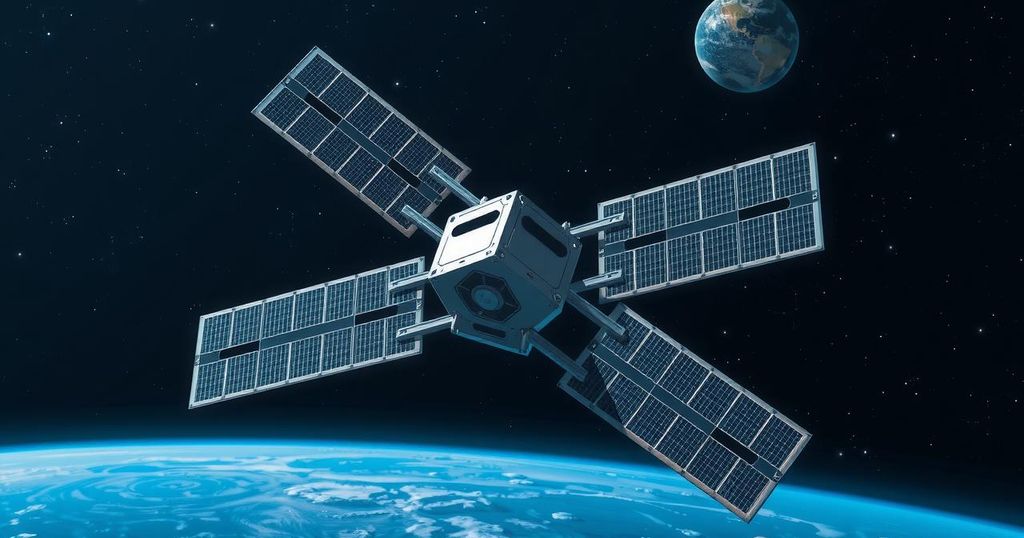China launched the TJS-15 satellite on March 9, 2025, as part of its classified satellite series, with the mission focused on communication technology verification. Operating primarily in geostationary orbit, the TJS series may support military operations. This launch is among ten orbital attempts by China in 2025, as the country plans numerous innovative space missions.
On March 9, China successfully launched the TJS-15 satellite as part of a classified satellite series, utilizing a Long March 3B rocket from the Xichang Satellite Launch Center. The China Aerospace Science and Technology Corporation (CASC) confirmed the launch within an hour, although specific details regarding the payload remained largely undisclosed. It was revealed that TJS-15 is intended for multi-band, high-speed satellite communication technology verification.
The TJS satellite series, inaugurated in 2015, now comprises 14 active satellites, reflecting a strategic effort by China to enhance its capabilities in communication and intelligence. The TJS series primarily operates in geostationary orbit and may engage in classified missions associated with the People’s Liberation Army, indicating the potential for activities such as signals intelligence and satellite inspections.
The recent TJS-15 launch marks China’s 10th orbital attempt in 2025, following several successful missions that advanced the series. Notably, previous satellites have demonstrated capabilities such as coordinated maneuvers with subsatellites, signifying complex operational objectives. China is gearing up for additional launches, including the debut of new commercial rockets as well as vital missions to Tiangong space station.
As China pursues its ambitious launch goals, the country aims to innovate its space capabilities with upcoming missions including a sample return from a near-Earth asteroid around May, and various crewed missions to the Tiangong space station planned for later this year. Awaiting further declarations from CASC, the prospects for the year ahead remain highly anticipated.
In summary, China’s launch of the TJS-15 satellite underscores its ongoing efforts to expand its capabilities in satellites and telecommunications. The classified nature of the TJS series highlights its strategic military applications, raising the potential for various intelligence and monitoring missions. With an ambitious agenda for 2025, including numerous launches and innovative missions to Tiangong, China’s space endeavors are poised to progress significantly in the near future.
Original Source: spacenews.com




